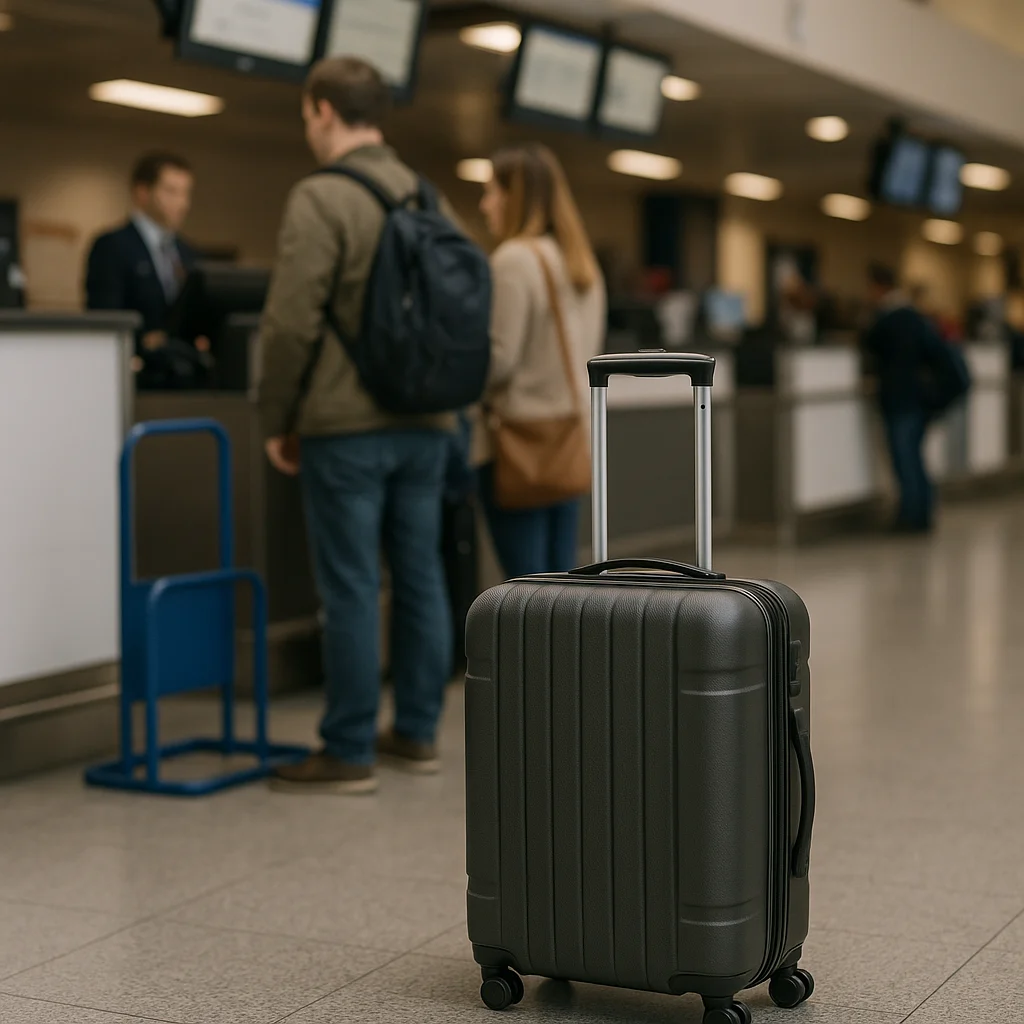The Rise of Sustainable Aviation: Transforming the Skies
Sustainable aviation is no longer a distant dream but an urgent necessity. With commercial air travel responsible for around 2-3% of global CO2 emissions, the aviation industry faces growing pressure to reduce its environmental impact. The next generation of aircraft aims to reinvent flight through cleaner technologies, innovative designs, and alternative energy sources. These breakthroughs promise to reshape air travel by making it more eco-friendly without sacrificing speed or passenger comfort. From electric planes to biofuels, sustainable aviation is taking off, heralding a new era of green flying.
Cutting-Edge Technologies Driving Sustainable Aviation
Advances in technology are at the heart of sustainable aviation’s progress. Researchers and manufacturers are pushing boundaries to develop aircraft that minimize carbon footprints and noise pollution.
Electric and Hybrid-Electric Propulsion
One of the most promising areas is electric propulsion. Electric aircraft use batteries or fuel cells to power motors, producing zero emissions during flight. Hybrid-electric systems combine traditional engines with electric motors, offering improved fuel efficiency and reduced emissions.
– Electric planes: Small regional aircraft powered fully by batteries, ideal for short-haul flights.
– Hybrid-electric models: Larger planes integrating electric motors to reduce fossil fuel dependence.
Airbus and Boeing are actively testing electric prototypes, targeting commercial services by the late 2020s. For instance, the Alice aircraft by Eviation promises all-electric travel for nine passengers over 400 miles with minimal environmental impact.
Use of Sustainable Aviation Fuels (SAF)
Sustainable aviation fuels derived from renewable sources like plant oils, waste fats, and algae play a critical role. SAF can reduce lifecycle greenhouse gas emissions by up to 80% compared to conventional jet fuel.
– Drop-in SAF: Compatible with existing engines and infrastructure, enabling gradual transition.
– Emerging feedstocks: Including municipal solid waste and carbon capture-based fuels.
Leading airlines such as United and British Airways have started incorporating SAF blends into their fleets, signaling a scalable path forward for sustainable aviation.
Innovative Aircraft Designs for Greater Efficiency
In addition to propulsion, aircraft design improvements contribute significantly to sustainability efforts.
Lighter Materials and Aerodynamics
Modern sustainable aircraft rely on composite materials like carbon fiber to cut weight, which directly improves fuel efficiency. Enhanced aerodynamic shapes reduce drag, allowing planes to glide more smoothly through the air.
– Winglets and blended winglets: Reduce vortex drag, saving fuel on long-haul flights.
– Blended wing bodies: New configurations that integrate wings and fuselage for maximum lift and efficiency.
NASA’s X-59 QueSST and Boeing’s ecoDemonstrator projects showcase these design innovations, targeting quieter and more fuel-efficient operations.
Electric Vertical Takeoff and Landing (eVTOL) Aircraft
eVTOL vehicles are revolutionizing short-distance urban air mobility while emphasizing sustainability.
– Battery-powered vertical liftoff reduces noise and emissions near populated areas.
– Potential applications include air taxis and emergency medical services.
This new category aligns closely with sustainable aviation goals by easing traffic congestion and lowering urban pollution through greener transport solutions.
Regulatory Support and Industry Commitments
Government policies and industry pledges are accelerating sustainable aviation’s development.
Global Emission Targets and Incentives
Key international bodies such as ICAO have established carbon-neutral growth goals for aviation by 2020 and aim for net-zero emissions by 2050.
– Carbon offset programs: Airports and airlines invest in projects that compensate for CO2 emissions.
– Tax credits and grants: Governments fund research and adoption of sustainable aircraft technologies.
These measures create an economic framework that encourages operators to adopt greener practices and technologies.
Airline Pledges Toward Sustainability
Several major airlines have committed to ambitious sustainability roadmaps.
– Delta Airlines: Plans to invest $1 billion over the next decade in carbon-neutral initiatives.
– KLM Royal Dutch Airlines: Targets 75% use of SAF by 2050.
Such commitments demonstrate industry confidence in sustainable aviation’s future and encourage innovation partnerships.
Challenges on the Path to Fully Sustainable Flight
Despite exciting progress, the transition to widespread sustainable aviation faces technical and economic hurdles.
Energy Density and Battery Limitations
Current battery technology remains a bottleneck due to weight and limited range compared to jet fuel. Achieving long-distance flights on electric power alone requires breakthroughs in energy storage materials.
Infrastructure and Supply Chain Development
Producing and distributing sustainable aviation fuels at scale demands significant upgrades to existing refineries and airports. Additionally, building and certifying new aircraft involve lengthy regulatory processes.
Cost Considerations
Sustainable technologies currently entail higher upfront costs, which can deter investment without clear government incentives or consumer willingness to pay a premium.
Looking Ahead: The Future of Sustainable Aviation
The trajectory of sustainable aviation is overwhelmingly positive, supported by technological innovation, policy momentum, and market demand.
– Integration of AI and data analytics to optimize flight paths reducing fuel burn.
– Expanded use of hydrogen fuel cells as zero-emission power sources.
– Collaborative initiatives between governments, manufacturers, and airlines to accelerate commercialization.
As these elements converge, travelers can expect cleaner skies and a greener footprint for air travel in the coming decades.
Visit the International Air Transport Association’s website for more on sustainable aviation efforts: https://www.iata.org/en/programs/environment/sustainable-aviation-fuels/
Flying sustainably is no longer optional—it’s essential for preserving our planet while maintaining global connectivity. Engage with the movement by supporting greener airlines and staying informed on sustainable aviation breakthroughs.
To explore sustainable aviation solutions or learn more about advancing eco-friendly air travel, reach out today at khmuhtadin.com. Together, we can help lift the next generation of sustainable aircraft into the sky.




